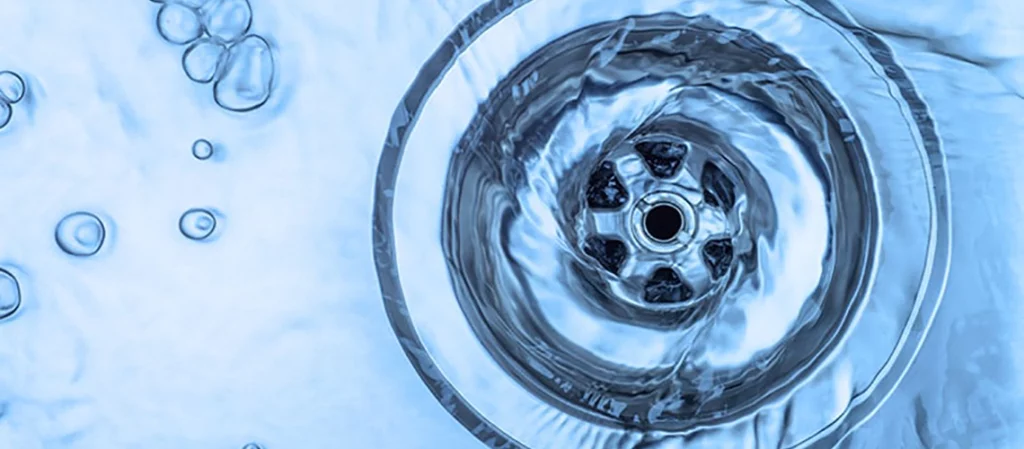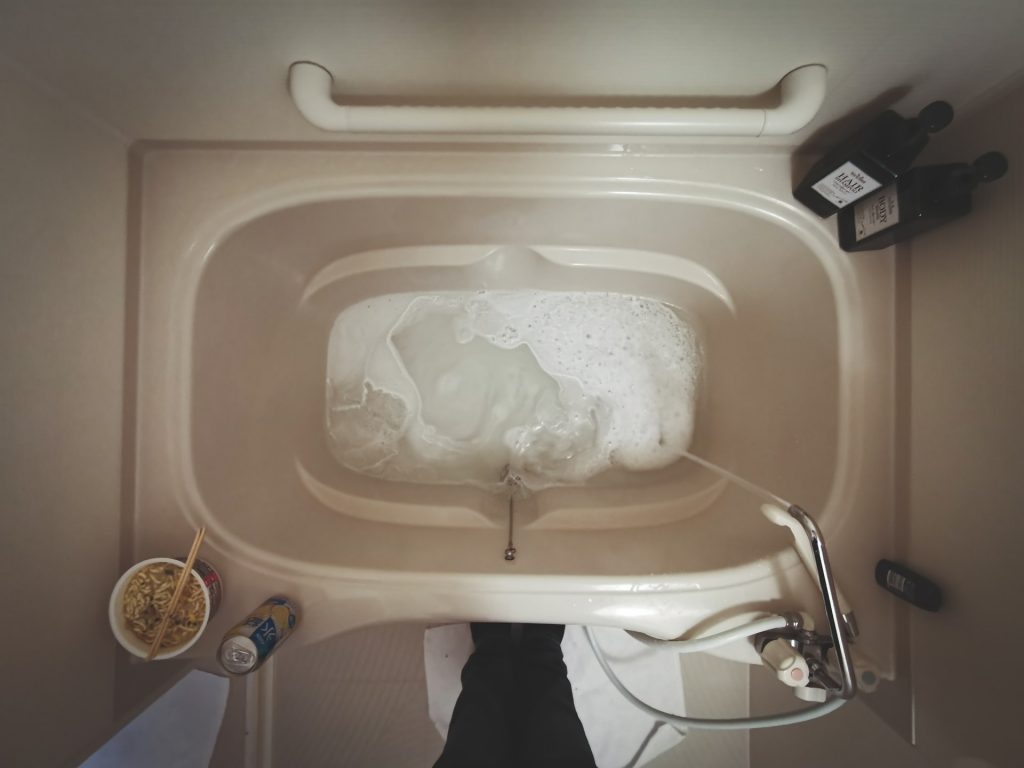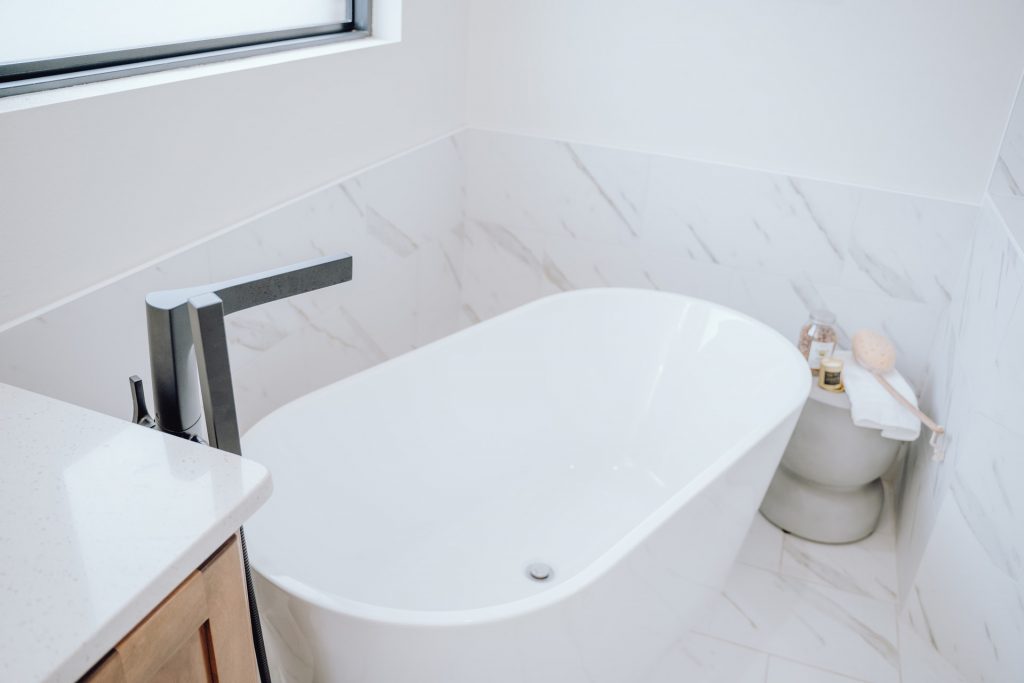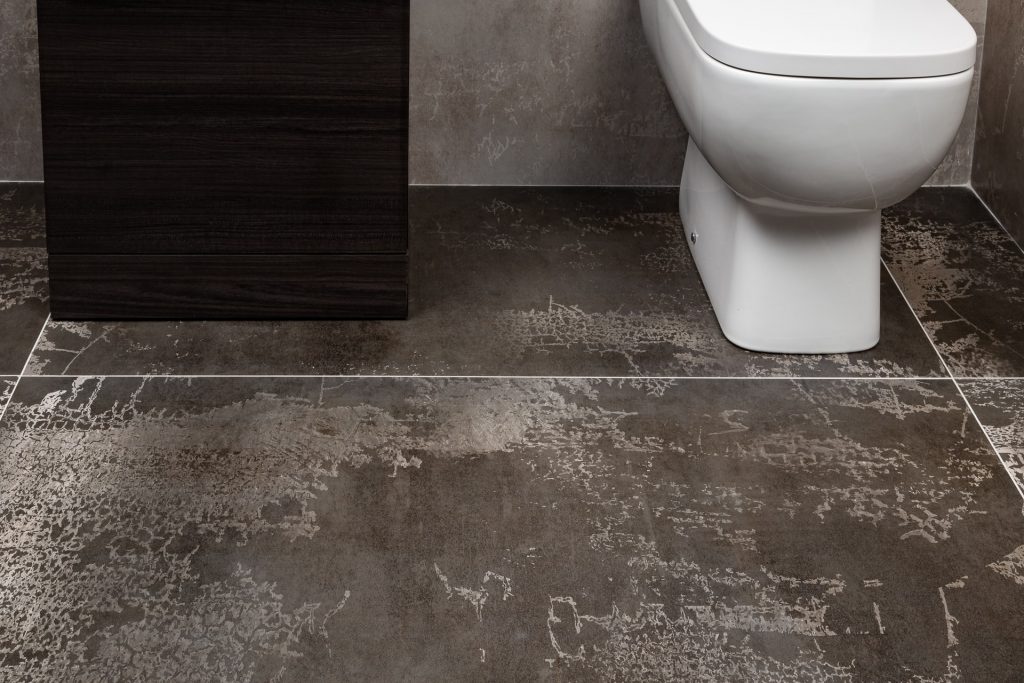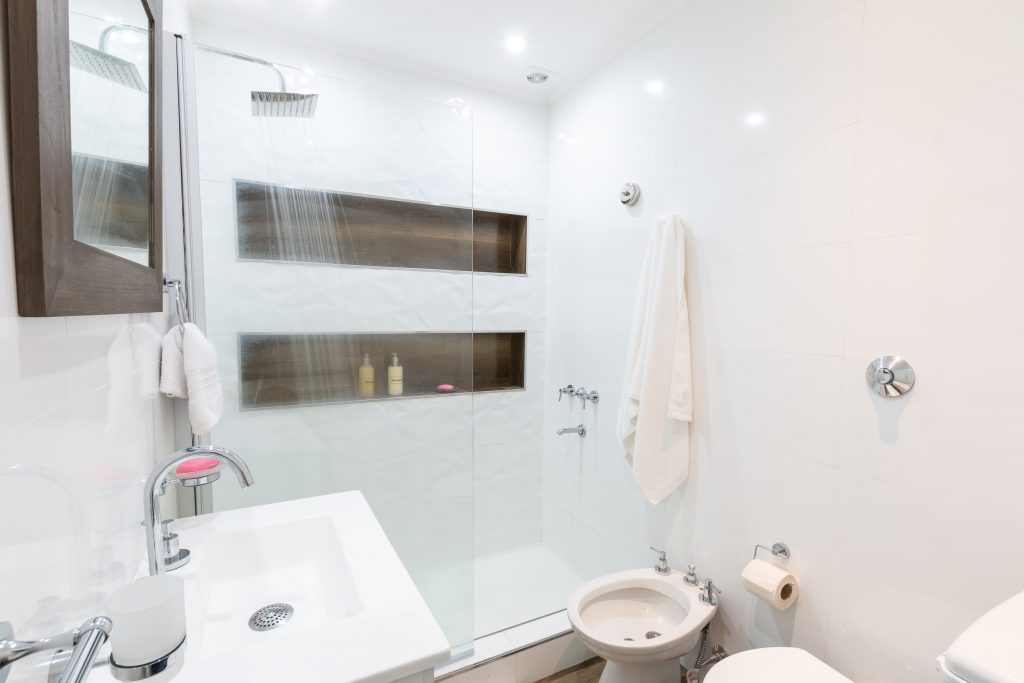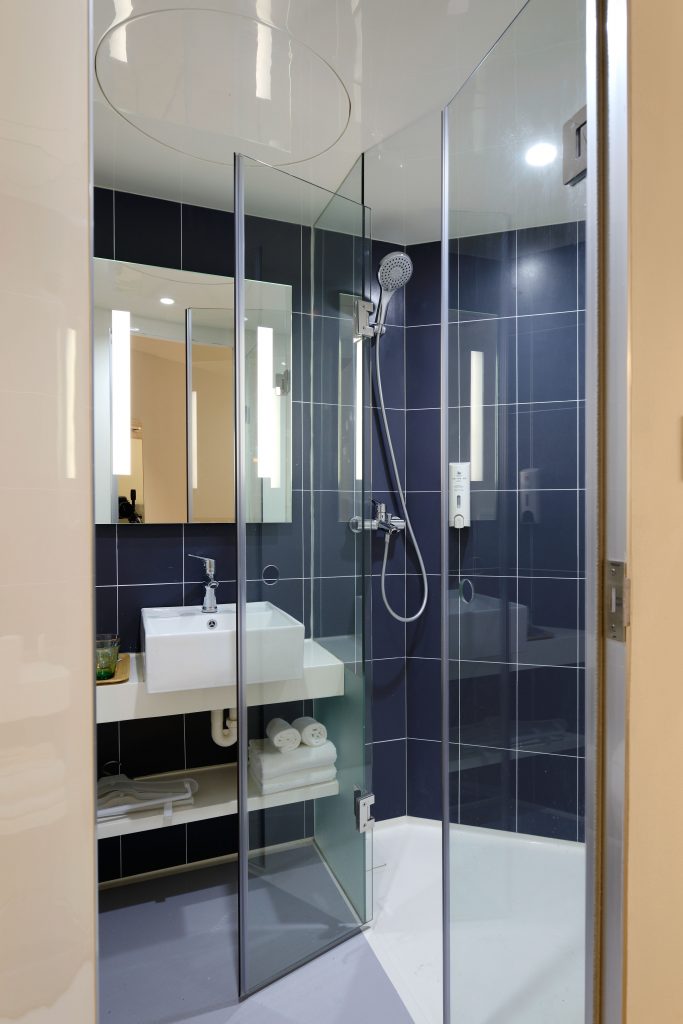Limescale is a common problem that many households face. It not only affects the aesthetics of our appliances and fixtures but can also lead to reduced performance and efficiency. In this article, we will explore what limescale is, how to effectively remove it, and most importantly, how to prevent its recurrence.
Contents
What is limescale?
Limescale, also known as calcium carbonate, is a hard, chalky deposit that forms when water with high mineral content evaporates, leaving behind mineral residues. It is commonly found on surfaces that come into contact with hard water, such as faucets, showerheads, glassware, and even inside appliances like dishwashers and washing machines.
How to get rid of the lime scale?
Removing limescale requires a combination of effective cleaning techniques and suitable cleaning agents. The specific methods may vary depending on the affected area. Let’s explore some common areas where limescale buildup occurs and how to tackle them:
| Location | Methods |
| Dishwasher – Removal |
|
| Dishwasher – Prevention |
|
| Toilet – Removal |
|
| Toilet – Prevention |
|
| General Prevention Tips |
|
Limescale in dishwasher
Limescale can accumulate in your dishwasher, leading to poor performance and potential damage. To remove limescale from your dishwasher, start by emptying it completely. Next, fill a cup with white vinegar and place it on the top rack. Run a hot water cycle without any dishes. The acidity of vinegar helps break down the limescale deposits. For stubborn buildup, you can use a toothbrush or scrub brush to gently scrub away the remaining limescale.
Limescale on glass
Limescale on glass surfaces, such as windows and shower doors, can be unsightly. A simple solution for removing limescale from glass is to mix equal parts of white vinegar and water in a spray bottle. Spray the mixture onto the affected areas and let it sit for a few minutes. Then, use a sponge or cloth to wipe away the limescale. For stubborn stains, you can also use a mixture of lemon juice and baking soda as a natural abrasive cleaner.
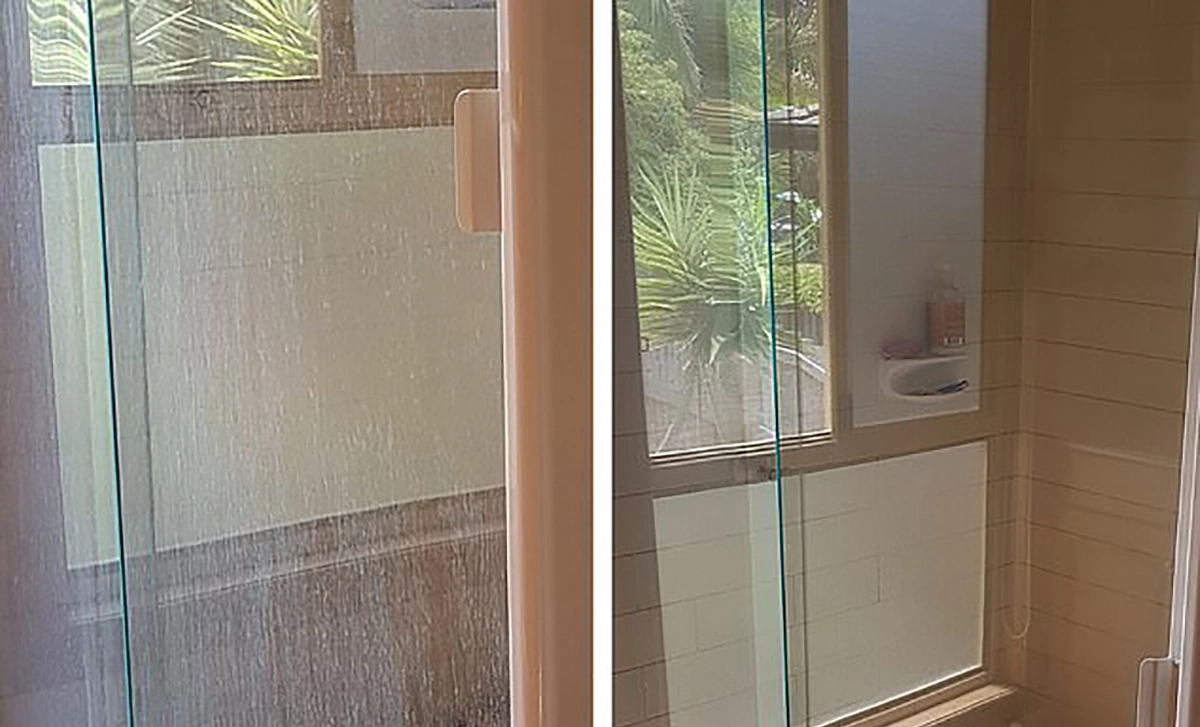
Limescale on toilet
To remove limescale from your toilet, start by pouring a generous amount of vinegar into the bowl. Let it sit for a few hours or overnight. Then, use a toilet brush to scrub away the loosened limescale. For tough stains, you can sprinkle baking soda into the bowl before adding vinegar to create a foaming reaction that helps break down the deposits.

Limescale in water
If your tap water has a high mineral content, limescale can build up in your kettle or coffee maker. To descale these appliances, fill them with equal parts of water and vinegar and let the mixture sit for a few hours. Then, rinse thoroughly with clean water. It’s important to follow the manufacturer’s instructions for descaling appliances to ensure proper cleaning and avoid any potential damage.
Bathroom limescale
Bathroom fixtures, such as faucets and showerheads, are prone to limescale buildup. To remove limescale from these surfaces, soak a cloth or sponge in vinegar and wrap it around the affected area. Let it sit for a few hours, ensuring the vinegar remains in contact with the limescale. Then, remove the cloth and scrub away the loosened deposits with a brush. Rinse the surface thoroughly with water afterward.
Limescale on shower head
A clogged showerhead can be a result of limescale buildup, affecting water flow and pressure. To clean the showerhead, unscrew it from the pipe and place it in a container filled with vinegar. Allow it to soak overnight. In the morning, use a toothbrush or small brush to remove any remaining limescale. Rinse the showerhead thoroughly before reattaching it.
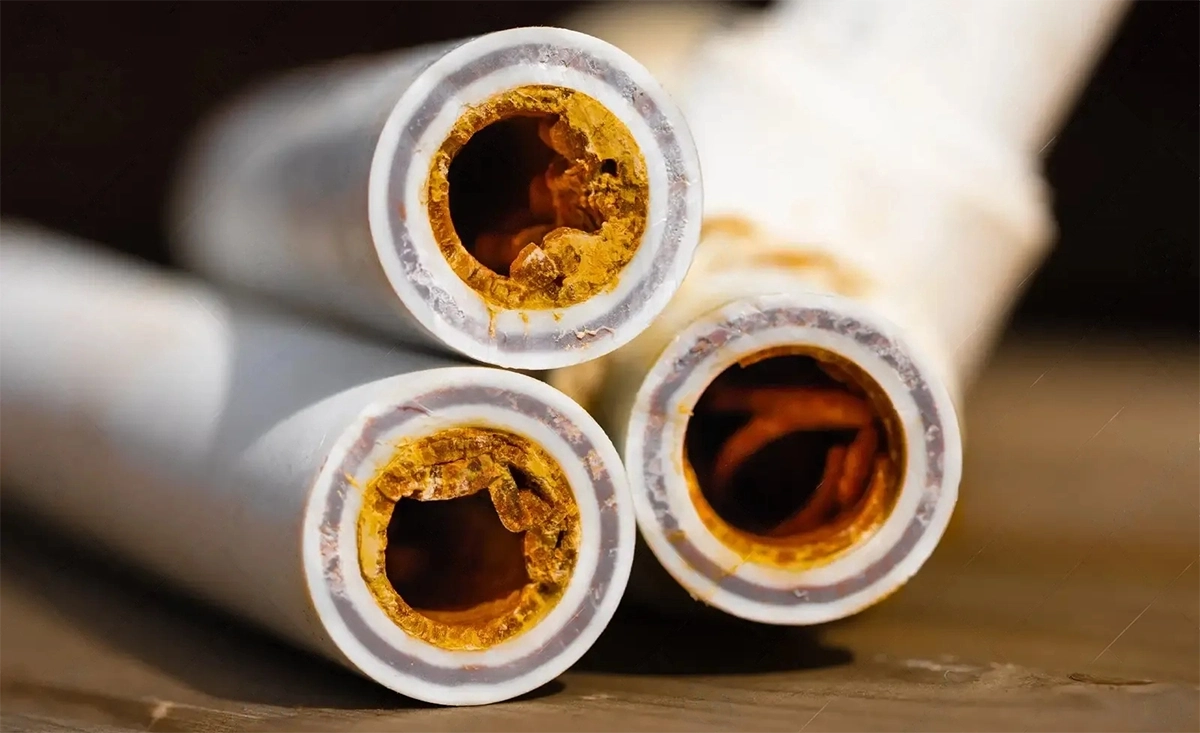
Lime deposits on faucet
Faucets can also suffer from limescale buildup, causing reduced water flow and a dull appearance. To remove limescale from faucets, soak a cloth or paper towel in vinegar and wrap it around the affected areas. Leave it for a few hours or overnight, and then scrub away the deposits with a brush. Rinse the faucet with water and dry it with a clean cloth for a shiny finish.
Limescale in pipes
Limescale can accumulate inside pipes, leading to reduced water flow and potential blockages. To remove limescale from pipes, it is recommended to consult a professional plumber. They can use specialized equipment and techniques to effectively remove the deposits without causing damage to the pipes.
Preventative Measures: How Do I Prevent Limescale Deposits From Coming Back?
While removing limescale is essential, preventing its recurrence is equally important. Here are some preventative measures you can take to minimize limescale deposits:
Use a water softener: Installing a water softener can help reduce the mineral content in your water, thus minimizing limescale buildup.
Regular cleaning: Incorporate regular cleaning routines to prevent limescale from accumulating. Wipe down surfaces regularly and use appropriate cleaning agents to keep limescale at bay.
Remove excess water: After using appliances like dishwashers and washing machines, make sure to wipe away any excess water to prevent limescale from forming.
Vinegar rinses: Occasionally rinsing appliances and fixtures with vinegar can help prevent limescale buildup. Simply fill a spray bottle with vinegar and water, and spritz the surfaces before wiping them down.
Use descaling products: There are various descaling products available in the market specifically designed to prevent limescale buildup. Follow the instructions provided by the manufacturer to effectively use these products.
By following these preventative measures and incorporating regular cleaning routines, you can significantly reduce limescale deposits and keep your appliances and fixtures in optimal condition.
In conclusion, limescale is a common problem that can affect various areas in our homes. By understanding how to remove limescale effectively and implementing preventative measures, we can maintain a limescale-free environment and ensure the longevity and efficiency of our appliances and fixtures.
FAQ about How to Remove Limescale
Limescale can keep coming back due to the presence of hard water, which contains high mineral content. When hard water evaporates, it leaves behind mineral residues that form limescale. Without proper preventive measures, limescale will continue to accumulate on surfaces.
Vinegar is an effective and natural solution for dissolving limescale. Its acidic properties help break down the mineral deposits. Lemon juice and citric acid are also effective alternatives. Commercial descaling products specifically designed to dissolve limescale can also be effective. The choice of the best option may depend on the specific surface or appliance you are treating.
To stop limescale from forming, you can take several steps:
- Install a water softener to reduce the mineral content in your water.
- Regularly clean surfaces prone to limescale buildup.
- Remove excess water after using appliances to prevent limescale formation.
- Use descaling products or natural remedies like vinegar to inhibit limescale formation.




